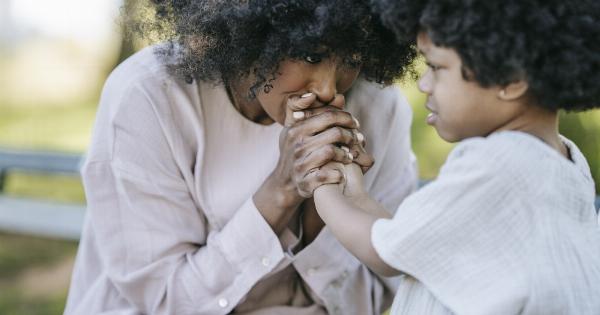Alcohol is a pervasive substance in many cultures, a social lubricant often associated with fun times, celebration, and relaxation.
However, for minors, the consumption of alcohol may have legal and medical consequences, and it is important to understand the boundaries for diverse populations. In this article, we will delve into the different laws and cultural norms that regulate minors’ access to alcohol and provide a guide to navigating these complex issues.
Laws regulating minors’ access to alcohol
In the United States, the legal drinking age is 21 years old, and anyone under that age is considered a minor.
The National Minimum Drinking Age Act (NMDAA) passed in 1984 mandated that states prohibit the sale or purchase of alcohol to anyone under the age of 21 or face a reduction in federal highway funds. This law has been controversial, with some states arguing that it should be up to each state to set the drinking age. However, the majority of states have complied with the law, and underage drinking remains illegal across the country.
Some states also have additional laws that limit minors’ access to alcohol. For example, some states prohibit anyone under 21 from being in a bar or nightclub unless accompanied by a parent or legal guardian.
Others prohibit minors from consuming alcohol on privately owned property, such as a home or a hotel room, unless accompanied by a parent or legal guardian.
Cultural norms surrounding minors and alcohol
While the law prohibits minors from consuming alcohol, cultural norms surrounding alcohol use may differ from place to place. In some countries, it is common for minors to consume alcohol in moderation as part of social events.
For example, in Italy and Spain, it is not uncommon for minors to taste wine or beer with their meals. In other countries, such as the United States, alcohol consumption by minors is highly stigmatized and often seen as a sign of moral weakness or irresponsibility.
Within the United States, cultural norms surrounding alcohol vary based on factors such as age, region, and socioeconomic status.
In some communities, underage drinking is seen as a rite of passage, and parents may even provide alcohol to their children as a way of introducing them to responsible drinking. In other communities, alcohol use by minors is highly stigmatized, and parents may take a zero-tolerance approach to underage drinking.
The risks of underage drinking
Despite the cultural differences surrounding alcohol use, research has consistently shown that underage drinking can have serious consequences.
According to the Centers for Disease Control and Prevention (CDC), alcohol use is a significant contributor to death and injury among young people. In 2019, approximately 3,200 people under the age of 21 died from alcohol-related injuries, including motor vehicle crashes, homicides, and suicides.
Furthermore, alcohol use by minors can lead to impaired judgment, decreased inhibitions, and increased risk-taking, which can further increase the risk of accidents and injuries.
Underage drinking can also have long-term consequences. Studies show that people who begin drinking before age 15 are more likely to develop alcohol dependence later in life.
Additionally, underage drinking can lead to academic problems, legal problems, and social problems such as alienation from family and friends.
How to prevent underage drinking
Preventing underage drinking requires a multifaceted approach that involves parents, educators, law enforcement, and community organizations. The following are some strategies that can be used to prevent underage drinking:.
1. Education
One of the most effective ways to prevent underage drinking is to educate young people about the risks and consequences of alcohol use. This education should begin early and be ongoing throughout adolescence.
2. Enforcing Laws
Law enforcement agencies play a critical role in enforcing the laws that prohibit underage drinking.
In addition to conducting routine compliance checks at bars and other establishments that serve alcohol, law enforcement can also target underage drinking parties and social gatherings to deter minors from consuming alcohol.
3. Parental involvement
Parents can also play an important role in preventing underage drinking by monitoring their children’s activities and setting clear expectations regarding alcohol use.
Parents should familiarize themselves with the laws and cultural norms surrounding alcohol use in their community and be prepared to discuss these issues with their children.
4. Community involvement
Community organizations, such as schools, churches, and youth groups, can also play a role in preventing underage drinking.
These organizations can offer education and prevention programs for young people and provide support for parents and other caregivers.
Conclusion
Minors and alcohol is a complex issue that requires awareness and understanding of the laws and cultural norms surrounding alcohol use.
While alcohol is a common and often enjoyable part of many cultures, irresponsible drinking behavior among minors can have serious legal and medical consequences. By working together, we can prevent underage drinking and create safer communities for young people.





























